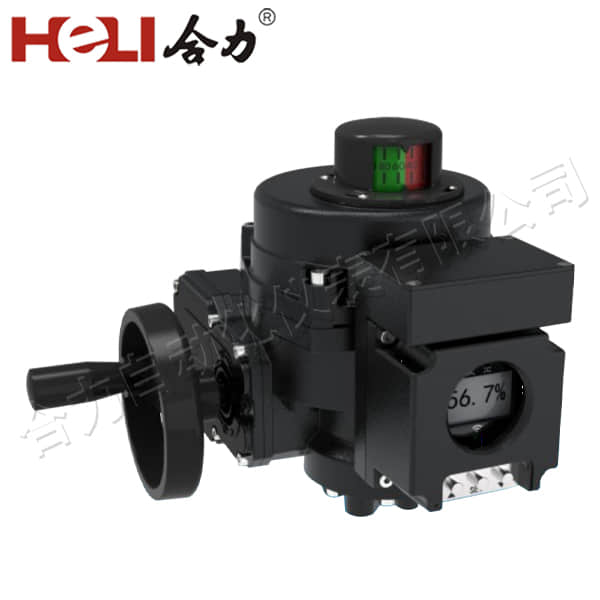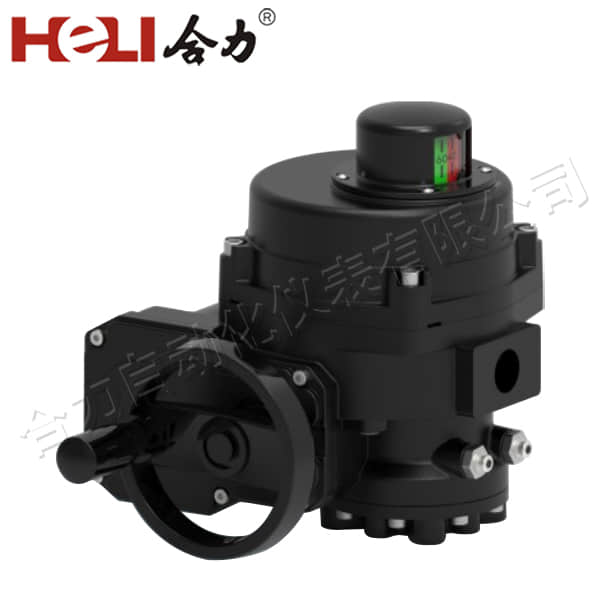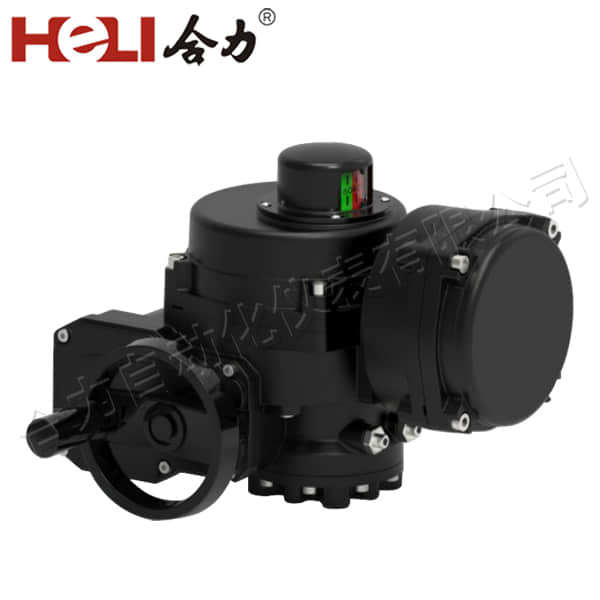
Electric actuators are essential components in modern automation systems, converting electrical energy into mechanical motion. They offer precise control, high reliability, and low maintenance compared to their hydraulic and pneumatic counterparts. In this article, we will delve into the fundamental principles behind electric actuators, their types, and their wide range of applications.

At the core of an electric actuator is an electric motor that drives a mechanism to produce linear or rotary motion. The most common types of electric actuators are linear actuators and rotary actuators. Linear actuators generate a straight-line motion, typically using a lead screw or a belt drive mechanism. Rotary actuators, on the other hand, produce rotational movement, often achieved through gears or other rotational elements.

